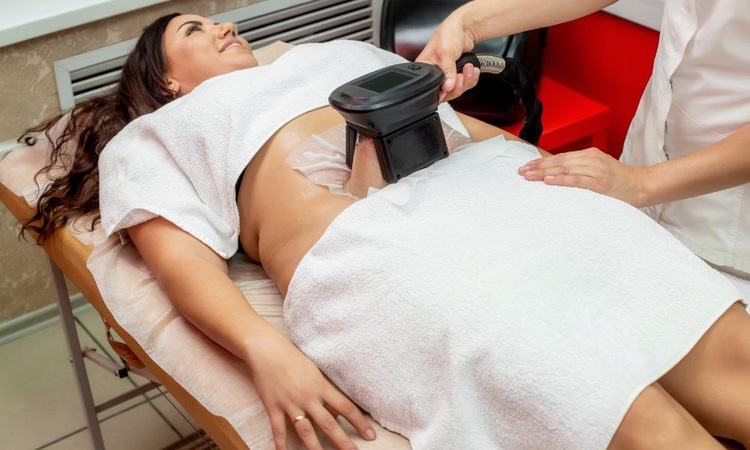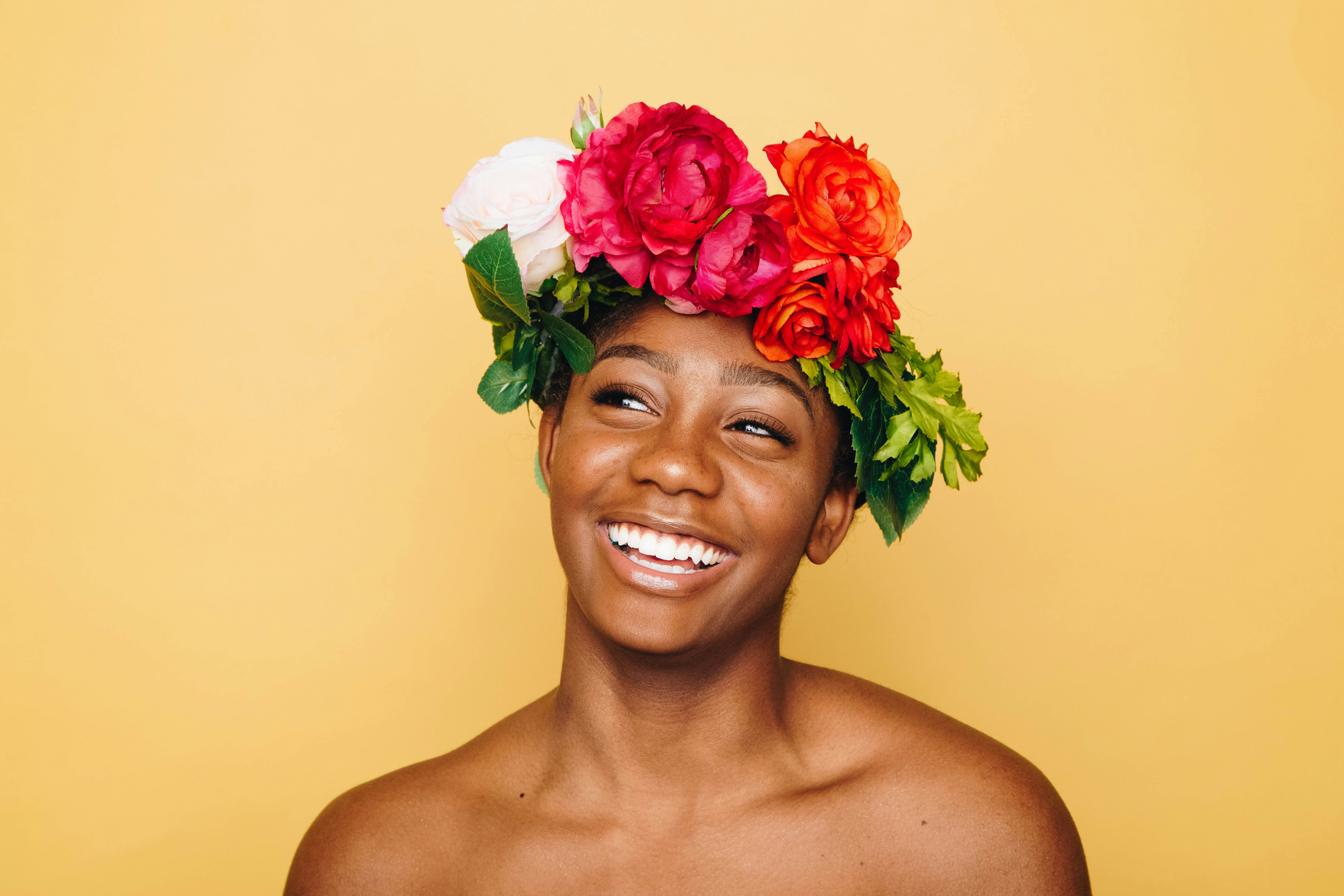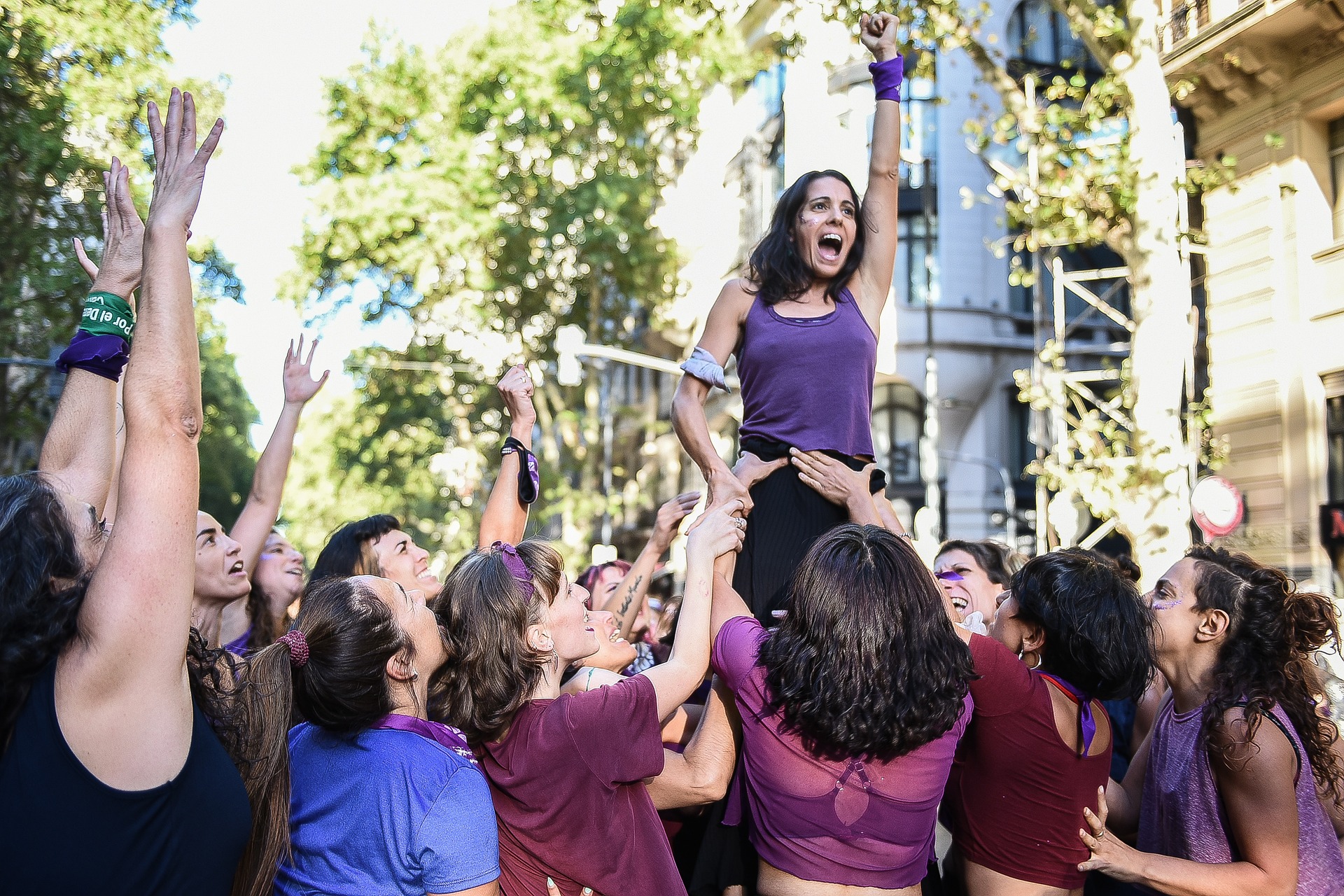Scalp Fitness: The New Frontier in Hair Health
A morning ritual begins with fingertips tracing the crown, a slow, deliberate pattern that feels like tuning an instrument. What started as a sensorial habit in many cultures is now evolving into a deliberate movement: scalp fitness. Across living rooms and clinics alike, people are discovering that the scalp is not merely the base of hair but a responsive, trainable tissue whose circulation, connective tissue tone, and neuromuscular balance influence hair density, shine, and the longevity of follicles. This article traces the long cultural roots of scalp care, examines the emerging science that reframes scalp work as part of a beauty-fitness continuum, and outlines practical, evidence-based approaches to bring scalp fitness into everyday routines. You will find sensory descriptions, expert-informed analysis, and concrete steps that are accessible for diverse lifestyles and hair types.

A textured history: ancestral rituals to modern trichology
Scalp care has ancient pedigree. In South Asia, champi—traditional head massage—has been practiced for millennia with oils and rhythmic strokes meant to soothe, stimulate, and condition hair. East Asian and Mediterranean cultures preserved their own headwork traditions, combining manual techniques with herbal preparations. These practices were experiential, passed down through touch and family ritual, long before hair science coalesced.
In the 20th century, the rise of dermatology and trichology shifted attention to follicular biology, hormones, and genetics. Yet the cultural practices persisted, often relegated to the realm of pampering. Over the last two decades, a renaissance has occurred: researchers and clinicians began to examine mechanical stimulation, blood flow, and soft-tissue health as contributors to hair outcomes. Simultaneously, consumer demand for holistic, non-invasive solutions sparked innovation in tools and topical technologies targeted specifically at the scalp. The result is a hybrid field—part beauty ritual, part movement therapy—now being called scalp fitness.
The science behind scalp training: circulation, mechanotransduction, and muscle tone
Scalp fitness rests on three interrelated physiological pillars: microcirculation, mechanotransduction, and neuromuscular balance. Microcirculation supplies follicles with oxygen and nutrients; small, consistent increases in local blood flow can improve follicular environment. Mechanotransduction describes how cells convert physical stimulus into biochemical signals—gentle, repeated mechanical stimulation of the scalp can influence dermal papilla cells and connective tissue remodeling. Neuromuscular balance pertains to the tone and mobility of the scalp and pericranial muscles; chronic tension in these muscles can compress superficial vessels and alter local tissue mechanics.
Clinical research supports parts of this framework. Small-scale studies have shown that consistent scalp massage increases hair thickness and can alter hair growth parameters, likely mediated by improved perfusion and localized signaling. Low-level laser therapy (LLLT), a device-based approach that delivers specific wavelengths to the scalp, has multiple randomized controlled trials indicating an increase in hair density and thickness for androgenetic hair loss; mechanistically, LLLT is believed to enhance mitochondrial function and stimulate follicular metabolism. Importantly, evidence emphasizes consistency and duration—sporadic treatments yield limited results, while structured, repeated protocols display measurable benefits.
Modern trends and industry shifts: tools, targeted topicals, and the fitness framing
The beauty industry is reimagining haircare through a fitness lens. Consumers now seek tools and programs that promise training effects over time rather than instant cosmetics. This has prompted rapid expansion in several categories:
-
Manual scalp tools: silicone scalp brushes, ergonomic massagers, and motorized stimulation devices designed to deliver repeatable pressure and patterns.
-
Photobiomodulation devices: FDA-cleared LLLT helmets, caps, and combs made for at-home treatment protocols.
-
Peptide and caffeine serums: topical actives formulated to support follicular health, often delivered in lightweight, scalp-penetrating vehicles.
-
Integrated programs: subscriptions combining devices, topical kits, and guided “scalp workouts” to promote adherence.
Experts note a shift in marketing language from mere cleansing and exfoliation to training, conditioning, and maintenance. Trichologists and some dermatologists are collaborating with fitness coaches to design programs that pair neck mobility and posture routines with targeted scalp work, acknowledging the kinetic chain from spine and shoulder alignment to head circulation.
A practical scalp fitness routine: step-by-step for beginners
Scalp fitness should be accessible, safe, and adaptable. The following evidence-informed routine can be done at home, five times per week, in 5–12 minutes.
-
Prepare: Sit upright with relaxed shoulders. If using a topical serum or approved oil, apply a small amount to dry or towel-dried hair according to product instructions.
-
Warm-up (1–2 minutes): Palpate the scalp with gentle circular fingertip strokes to increase warmth and establish sensory awareness. Focus on even pressure—not scratching.
-
Patterned massage (3–5 minutes): Using the pads of your fingers, perform slow, 10–15 second circular strokes in three zones—frontotemporal, vertex, and occipital—then repeat. Aim for a rhythm that is consistent; this trains mechanotransduction pathways.
-
Compressive releases (1–2 minutes): Gently pinch and release small sections along the hairline and crown to mobilize superficial tissue layers. Avoid excessive force.
-
Neck and posture mobility (2–3 minutes): Nod and roll the neck gently, perform scapular retractions, and take three full diaphragmatic breaths to reduce sympathetic tone and potentially enhance scalp perfusion.
Safety notes: Avoid aggressive scrubbing or tools that pull or tangle hair. If you have a scalp condition (psoriasis, open lesions, severe dermatitis), consult a dermatologist before beginning a routine.
Products and market relevance: where aesthetics meets efficacy
The scalp-care category has moved beyond cleansers to include clinically oriented solutions. LLLT devices have gained regulatory clearances and sit at the intersection of home-use medical technology and beauty. Topical products increasingly use peptides, caffeine, and botanical-derived actives designed for scalp application; formulations prioritize rapid absorption and minimal residue.
From a market perspective, brands that anchor their offerings in protocols and education outperform single-product launches. Consumers are more likely to commit when a clear, time-bound program promises measurable improvement—mirroring how people adopt fitness regimens. This has industry implications: salons and clinics are expanding into scalp fitness consultations, and rental or subscription models for devices are emerging to lower cost barriers.
Evidence-based recommendations and expert takeaways
-
Consistency is critical. Like muscle training, scalp adaptations require repetition over weeks to months. Short, daily sessions outperform occasional intensive treatments.
-
Combine modalities intelligently. LLLT has strong evidence for androgenetic hair loss, and when paired with consistent scalp massage, outcomes may be additive. However, avoid stacking invasive or unapproved procedures without medical supervision.
-
Prioritize gentle, measurable stimulation. Overly aggressive manipulation can cause traction or breakage; aim for controlled pressure and comfortable rhythms.
-
Monitor outcomes objectively. Photograph the scalp in consistent lighting and keep a simple diary of sessions to evaluate progress over 3–6 months.
-
Personalize with professional input. Trichologists and dermatologists can assess underlying causes of hair thinning—hormonal, nutritional, or medical—and recommend targeted adjuncts.
Scalp fitness reframes an intimate, tactile tradition as a modern, evidence-informed practice. It invites people to treat the scalp not as an afterthought but as a zone worth training—through touch, devices, posture, and consistent care. For those seeking non-invasive strategies to bolster hair health and sensory well-being, a structured scalp fitness routine offers a compelling, accessible path that blends ancestral wisdom with contemporary science.




